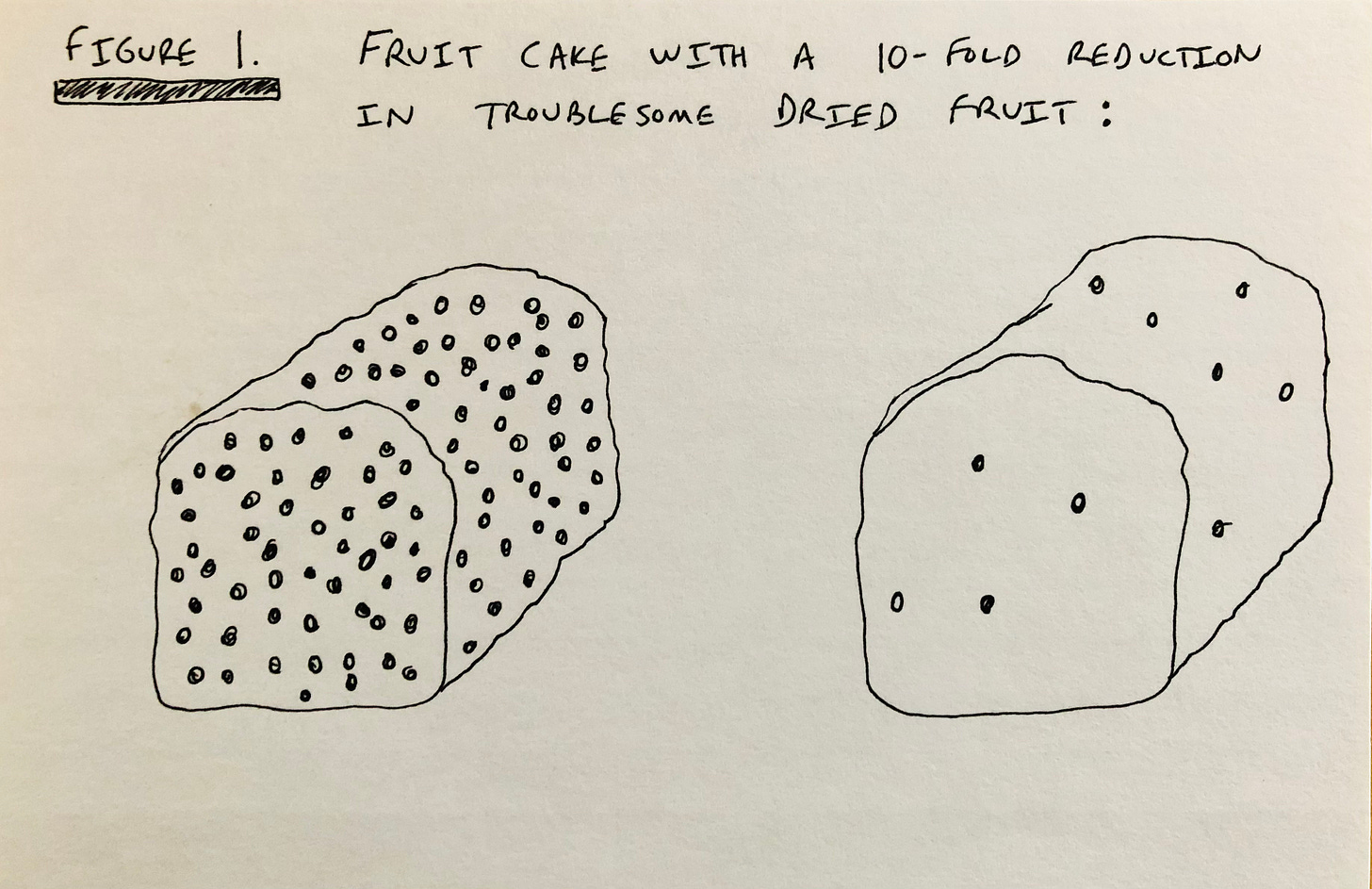{Additional Paxlovid update from 7/14/22 here}
Be prepared. It’s the motto I learned from my otherwise slack two years in the Boy Scouts. We’ve done a lot to get prepared during this pandemic - from the early days of wiping down groceries and stocking up on toilet paper, to the latter strategies of N95 masking and boosters. Now that society is letting its guard down from the Omicron wave, and more casual spread of coronavirus can be expected until the next wave, I think a pivot towards antiviral medications is here. Biden mentioned it in his State of the Union speech. “Test to Treat” would involve getting a rapid test at your pharmacy, and if the results are positive, receiving and starting antiviral medication on the spot. There is a lot of promise to this approach, but also much peril and potential for confusion.
In this post I’m going to lay out the case for having a rough sketch of what to do if you test positive for Covid, now or in the future, with respect to getting treated with pills. With the antiviral Paxlovid increasingly being stocked at your local pharmacy, and with clinical trials promising a 90% reduction in hospitalization and death even among unvaccinated high risk patients - there is good justification to be prepared for antivirals. Will this be just like taking Tamiflu when you get the flu? It’s a lot more complicated, but potentially more effective.
Paxlovid has multiple interactions with many common prescription medications that people may already be taking. As of today the pills are still scarce, and should be prioritized for people with risk factors for severe disease until more doses are available. But the calculus for this rationing changes by the day, as the Omicron wave subsides and pharmacy supplies increase.
We know that Paxlovid decreases hospitalizations and death among high risk patients. That’s how it won an emergency use authorization. But does it reduce Covid symptoms? Does it significantly reduce the severity of disease in vaccinated, healthier individuals? The preliminary results suggest it doesn’t help symptom severity, or duration of illness, for the average case of Covid in low risk individuals. But the study is still ongoing.
Yet I also suspect it will decrease the frequency and severity of long Covid (that nasty lingering array of possible symptoms like fatigue, cough, shortness of breath, cognitive problems, muscle weakness, and pain just to name a few). Paxlovid reduces viral loads in the body by 10-fold, and we are learning that part of long Covid pathogenesis is direct cell invasion by the virus… so it would make intuitive sense that reducing the amount of virus early in infection, and helping the body to clear it out faster, might help low, average, and high risk individuals avoid long Covid. Here is a very professional rendering of what 10-fold reduction looks like in a fruit cake:
If given the chance to take a medicine that cuts the number of coronaviruses in my body by a factor of 10, that’s as safe and well tolerated as Paxlovid, I would take that opportunity.
And so I’m going to synthesize and propose some ways we might get prepared to consider Paxlovid before we get Covid. I’ll try to organize this by Who, What, When, Where, Why, How, and Wtf? And for those who cannot consider Paxlovid, there are other options to mention.
Keep reading with a 7-day free trial
Subscribe to Examined to keep reading this post and get 7 days of free access to the full post archives.






